
Recently, Zhiqu Dog shared some thoughts on purchasing laptops at different price points, mentioning a term called “Apollo Lake.” In simple terms, Apollo Lake is Intel’s cheapest processor platform, and devices such as tablets, laptops, mini PCs, desktops, and all-in-ones equipped with it can be priced between hundreds to 2000 yuan.
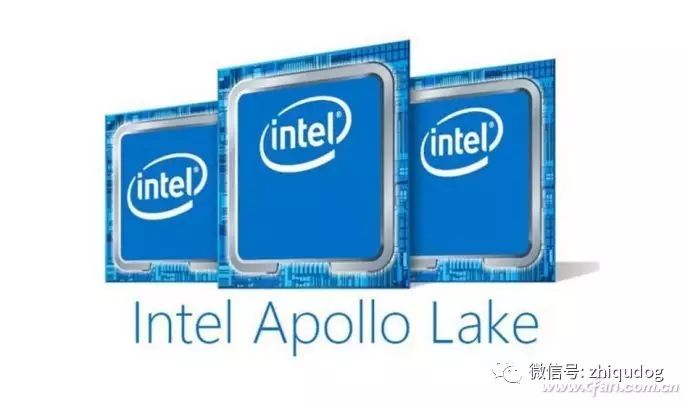
Therefore, many users have left messages for Zhiqu Dog, hoping for a detailed analysis of this platform called Apollo Lake. Today, Zhiqu Dog will fulfill this wish, but it must be said upfront that Apollo Lake is not a high-end product, and it has been on the market for nearly half a year. So those who prefer higher performance or the latest technology might be a bit disappointed. However, if you want to buy a PC for around 1000 to 1800 yuan, the following content will be quite valuable for reference.
Intel’s Two Pillars
We all know that there is a stark difference in positioning between desktop/laptops and tablets/smartphones. The former requires stronger performance to meet various complex office and entertainment needs, while the latter needs to balance performance and power consumption. Thus, Intel launched two microarchitectures for these two categories of devices: the performance-level “Core” and the low-power “Atom.”
Core Architecture Platform Relationship
Whether it is Core or Atom, they are both being updated iteratively according to the Ticks-Tocks rhythm.
Among them, the Core camp has gradually developed the Sandy Bridge (2nd generation), Ivy Bridge (3rd generation), Haswell (4th generation), Broadwell (5th generation), Skylake (6th generation), and Kaby Lake (7th generation) architectures, with each generation having sub-platforms for desktops, gaming laptops, and ultra-thin devices.
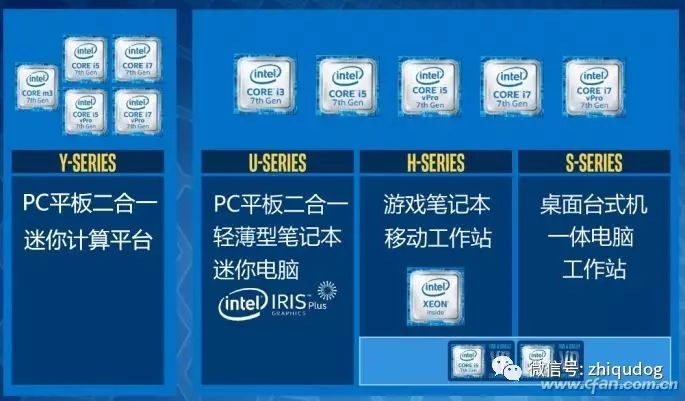
For example, Kaby Lake-S (for desktops, like i7-7700K), Kaby Lake-H (for gaming laptops, like i7-7700HQ), Kaby Lake-U (for ultra-thin laptops, like i7-7500U), and Kaby Lake-Y (for 2-in-1 devices, like Core M3-7Y30).
Atom Architecture Platform Relationship
Similarly, the Atom camp is also undergoing similar updates, with architectures such as Saltwell (32nm), Silvermont (22nm), Airmont (14nm), and Goldmont (14nm) appearing in succession. Like the Core camp, each generation of Atom architecture also needs to be subdivided into multiple platforms.

For example, during the Silvermont architecture era, the platform customized for tablets was called Bay Trail-T (like Atom Z3735F), while the platform customized for laptops/mini PCs was called Bay Trail-M/D (like Celeron N2920).
After entering the Airmont architecture era, the platforms customized for tablets and laptops/mini PCs were respectively called Cherry Trail-T (like Atom X5-Z8500) and Braswell (like Celeron N3150).
Unfortunately, the Bay Trail-T and Cherry Trail-T tablet-specific platforms performed poorly, so Intel made a decision in early 2016: to bid farewell to Atom (Z8350) from the tablet stage and cancel the subsequent plans for mobile processors.
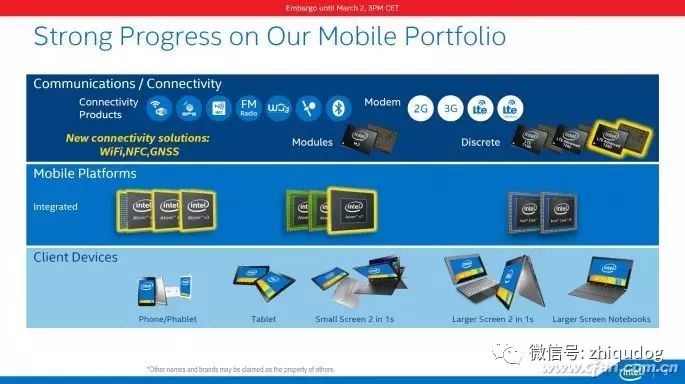
Therefore, after entering the Goldmont architecture era, we can only see the Apollo Lake platform, and the processors under this platform will be branded as Celeron and Pentium, while the familiar Atom processors have become history in the PC field.
The good news is that although Apollo Lake is sold under the Pentium and Celeron brands, its price positioning continues the affordable nature of the former Atom product line.
What Is Apollo Lake?
We can think of Apollo Lake as the “younger brother” of the 7th generation Core Kaby Lake, as they both utilize an improved 14nm process design. Although the performance of Apollo Lake is significantly inferior to that of the 7th generation Core, it boasts unparalleled low power consumption and low price advantages, thus having the potential for “broad market appeal”.
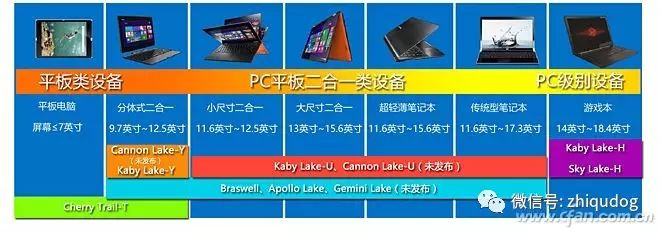
Let’s take a look at Intel’s latest notebook product development roadmap. As the successor to Braswell, Apollo Lake can be used for all forms of 2-in-1 or traditional products ranging from 9.7 inches to 17.3 inches, significantly lowering the entry barrier for different types of devices. For example, a super light notebook weighing around 1kg typically costs over 3500 yuan when using the Kaby Lake-Y (Core M) platform, but with Apollo Lake, the price can drop to just over 1000 yuan. Broad appeal and ultra-low entry barriers are the sources of Apollo Lake’s charm.
Apollo Lake’s Dual Approach
Apollo Lake platform can not only be used for different sizes of notebook product lines but also be equipped on desktops, mini PCs, all-in-ones, and other PC devices. Considering the different sensitivity to power consumption between notebook and PC devices, Intel divided the Apollo Lake platform into two categories based on different TDP standards:
Three Chips for PC Devices
The Apollo Lake platform processors with a TDP of 10W are classified into the “J” series, suitable for PC devices that are less sensitive to power consumption (not afraid of high power usage). This category of Apollo Lake processors includes Pentium J4205, Celeron J3455, and Celeron J3355.
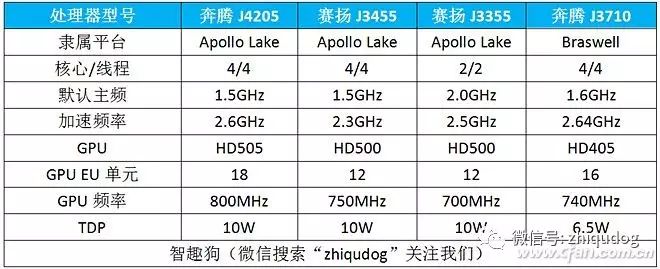
Pay attention to a detail: the previous generation platform’s Pentium J3710 had a TDP of only 6.5W, while the three processors of the Apollo Lake platform have increased their TDP to 10W, making it harder to hit the “power wall” during full-speed operation, thus better releasing performance potential.
Three Chips for Notebook Devices
Since notebook devices need to use battery power when outdoors, the processors must have more energy-efficient characteristics. The “N” series Apollo Lake platform processors with a TDP of only 6W were created for this purpose. This category of processors includes Pentium N4200, Celeron N3450, and Celeron N3350.
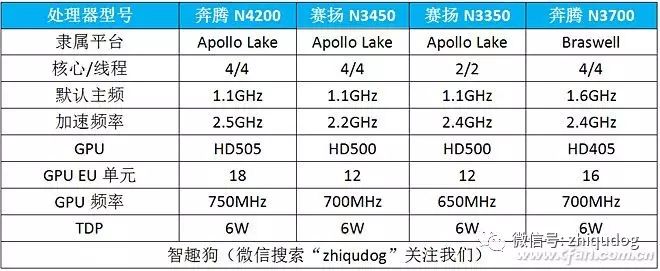
Compared to the Pentium N3700, all three new Apollo Lake platform models have significantly reduced their default clock speeds, meaning they have better power-saving advantages during standby or low-load operations, which helps further extend device battery life.
Let’s Strip Apollo Lake Down
On the surface, Apollo Lake and Braswell platforms do not seem very different, but if we focus on the core architecture level, we will find that there are some significant improvements between them. For example, Apollo Lake platform utilizes the latest Goldmont architecture, which is Intel’s first major overhaul of the CPU architecture since 2013.
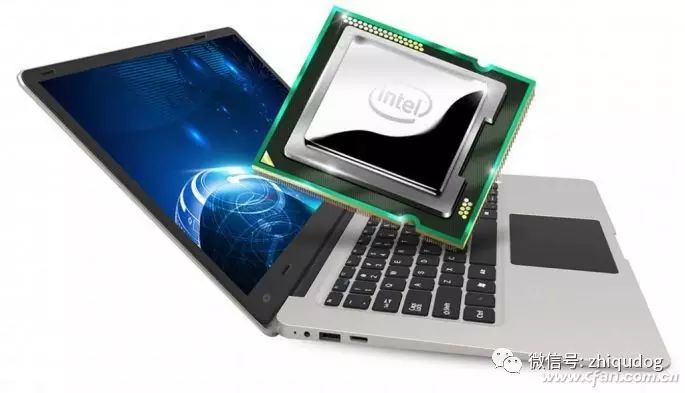
The GPU of the Apollo Lake platform is derived from the Gen9 architecture integrated into the 6th generation Core Skylake and 7th generation Core Kaby Lake, which not only has stronger performance but also supports hardware decoding for HEVC 10bit and VP9.
Theoretically, an Apollo Lake processor with 12 EU units (like Celeron N3450) can rival a Braswell processor with 16 EU units (like Pentium N3700). However, in reality, each manufacturer will set customized thermal and power limits for devices, and the same processor can show significant performance differences based on the thresholds of these two walls.
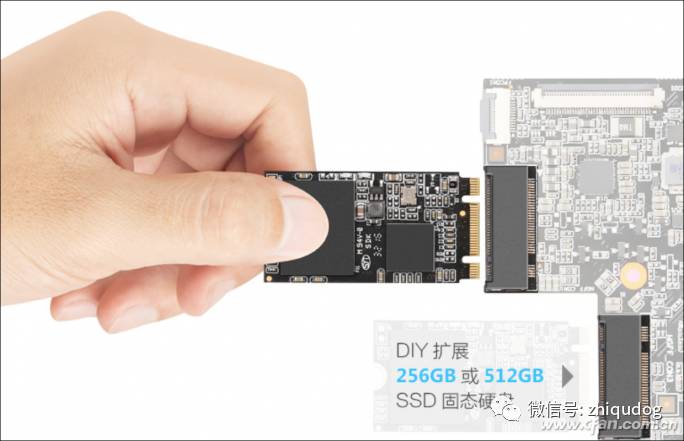
Additionally, the Apollo Lake platform introduces support for LPDDR4-2400MHz memory for the first time. It also supports faster eMMC 5.0 and can install two SATA hard drives simultaneously. It’s worth noting that the previous Cherry Trail-T and Braswell platforms only supported eMMC 4.5, and Cherry Trail-T didn’t even support SATA hard drives!
Can We Trust Apollo Lake’s Performance?
To give everyone a more intuitive understanding of Apollo Lake’s performance level, I found high-end representatives from the Braswell and Cherry Trail-T platforms, as well as a low-power processor from the 6th generation Core Skylake for comparison.

From the comparison results, the Apollo Lake platform has basically achieved the ability to “challenge higher tiers.” For example, the Celeron N3450 is positioned as a mid-range model in the Apollo Lake platform, but its performance reaches the level of higher-end models in the Braswell and Cherry Trail-T platforms.
However, we must also recognize a fact: no matter how strong Apollo Lake is, it is still difficult to shake the position of processors using performance-level Core microarchitecture. For instance, the Core M3-6Y30 has a TDP of only 4.5W, but it can still outperform the Pentium N4200, which is an inevitable result of the differences at the microarchitecture level.
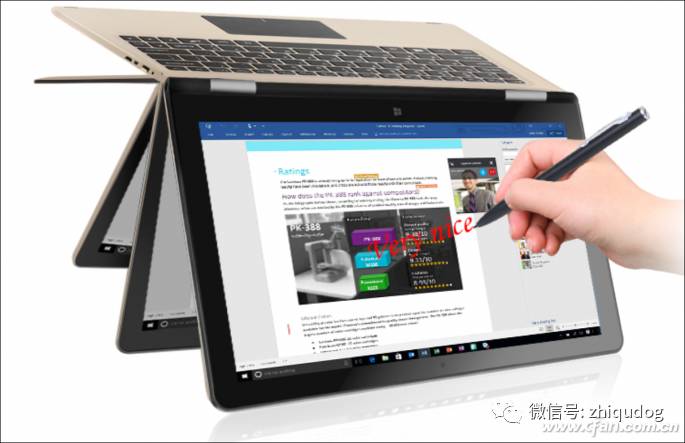
As for the gaming performance of the Apollo Lake platform, taking the Celeron N3450 as an example, as long as the cooling isn’t too poor, it can run “League of Legends” at 720P with medium to high quality at an average frame rate of 35fps, with low points occasionally dropping below 20fps (causing stutter). This performance is still acceptable; after all, the Celeron N3450 can be found in notebooks and mini PCs priced at around 1500 yuan. For products at this price point, being able to play “League of Legends” smoothly is quite satisfying.
Is Apollo Lake Right For You?
In summary, Apollo Lake is a platform worth paying attention to. Thanks to its low TDP, the entire platform (including processor, motherboard, memory, hard drive, wireless card, etc.) can be integrated onto a PCB board the size of a palm. This gives OEM manufacturers plenty of room to innovate: encase it in a shell for a mini PC; add a battery and screen for a laptop; or directly use it in a DIY market as an integrated CPU ITX motherboard…
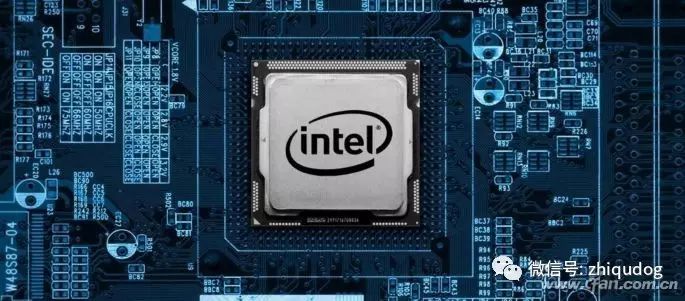
The biggest feature of the Apollo Lake platform is that its performance exceeds that of the Braswell platform while its price is similar to that of the Cherry Trail-T platform. In other words, today we can purchase a Celeron N3450 for the same price we used to pay for an Atom X5-Z8500, thus gaining a free performance boost. In short, Apollo Lake is a fairly reliable chip for ultra-low-cost PC products, suitable for those with limited budgets.
After reading this article, 99% of readers also clicked:

